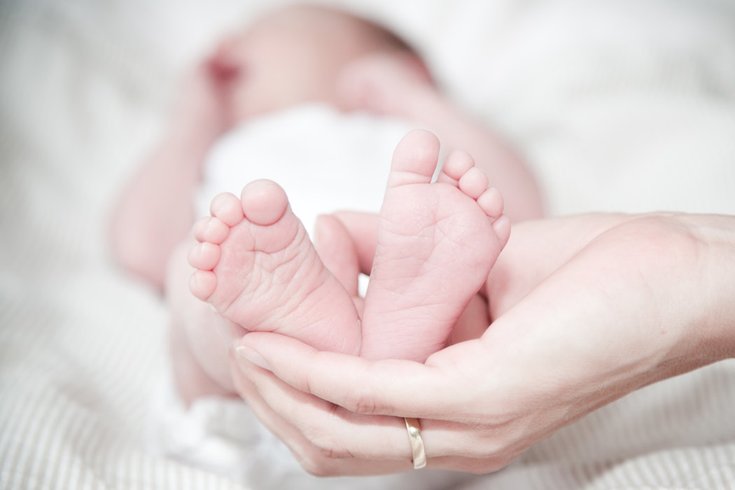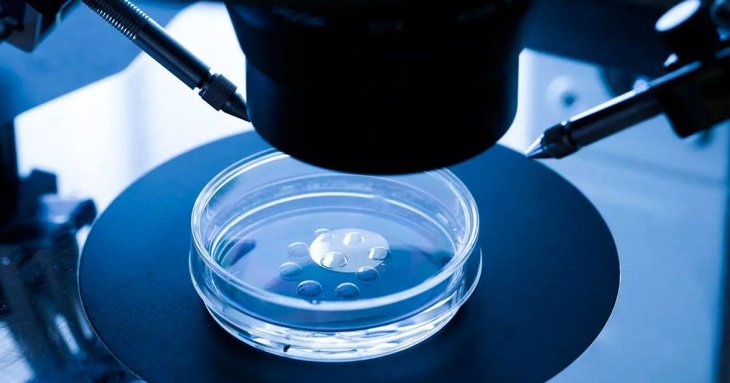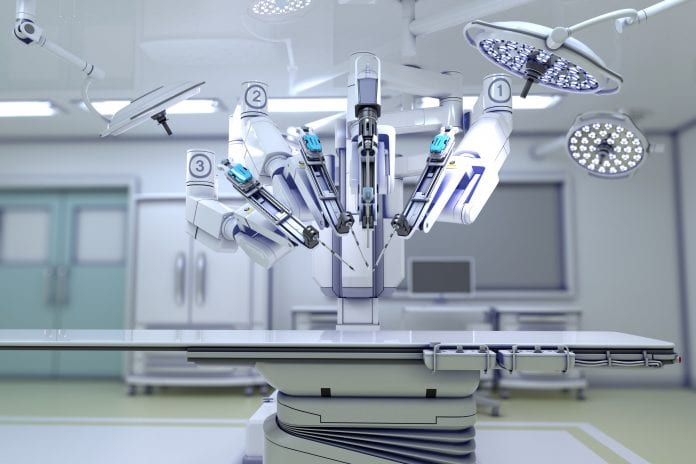First Pregnant Woman After Robot-Assisted Uterus Transplant
Anita - Feb 08, 2019

The first woman who had a womb transplanted from a robotic transplant surgery is now pregnant and is expected to give birth to a baby this spring.
- An Indian Surgeon Performed The First Long-Distance Heart Surgery
- IIT Madras Creates India’s First Robot To Reduce Pain For Spinal Patients
It is impossible for a woman with an unhealthy uterus or a woman without a uterus to give birth to a healthy baby. However, the first successful case of a woman delivering a baby after having a uterus transplant occurred in 2014, which since then has opened the door for 12 other women.

On January 9, researchers made an announcement on a woman who received a robot-assisted uterine transplant which sharply reduced the risks involved in the procedure is now pregnant. She is expected to give birth to a baby this spring. Should everything be like what scientists expected, this will be the first baby born thanks to a uterine transplant assisted by robots, creating a premise for later cases.
This successful transplant case was a part of the University of Gothenburg’s research project in Sweden. The research team said that in fact, the uterus donor benefited from the utilizing of robots more than the recipient.
To remove the uterus, the researchers conducted a robot-assisted keyhole surgery instead of a typical open one. Initially, five incisions, one centimeter each, were made in the abdomen of the donor. Next, they carried out the uterus detachment by using robotic arms with surgical tools which were controlled through joysticks.
Then, they implanted the uterus into the receiver through the open surgery.

So far, the scientists have successfully carried out six uterus transplants assisted by the robot and many more to come. Despite not cutting down the surgery time, these robotic arms are still beneficial.
Mr. Mats Brännström, one of the researchers, said:

If the scientists can affirm that the robots are able to improve the results of uterus transplants assisted by the robot and women can be pregnant and deliver a baby afterward, more women might be encouraged to donate their uteruses. As a result, the rate of women that benefit from this procedure will undoubtedly be increased.
Brännström believes that robotic surgery has promising potential in this field.
Featured Stories

Features - Jul 01, 2025
What Are The Fastest Passenger Vehicles Ever Created?

Features - Jun 25, 2025
Japan Hydrogen Breakthrough: Scientists Crack the Clean Energy Code with...

ICT News - Jun 25, 2025
AI Intimidation Tactics: CEOs Turn Flawed Technology Into Employee Fear Machine

Review - Jun 25, 2025
Windows 11 Problems: Is Microsoft's "Best" OS Actually Getting Worse?

Features - Jun 22, 2025
Telegram Founder Pavel Durov Plans to Split $14 Billion Fortune Among 106 Children

ICT News - Jun 22, 2025
Neuralink Telepathy Chip Enables Quadriplegic Rob Greiner to Control Games with...

Features - Jun 21, 2025
This Over $100 Bottle Has Nothing But Fresh Air Inside

Features - Jun 18, 2025
Best Mobile VPN Apps for Gaming 2025: Complete Guide

Features - Jun 18, 2025
A Math Formula Tells Us How Long Everything Will Live

Features - Jun 16, 2025
Comments
Sort by Newest | Popular